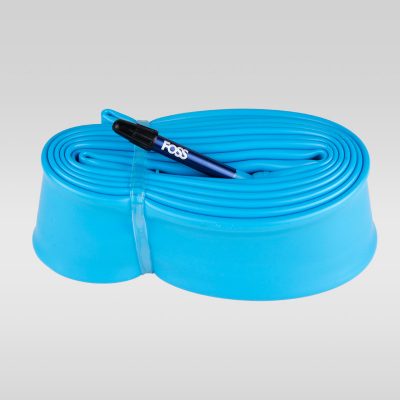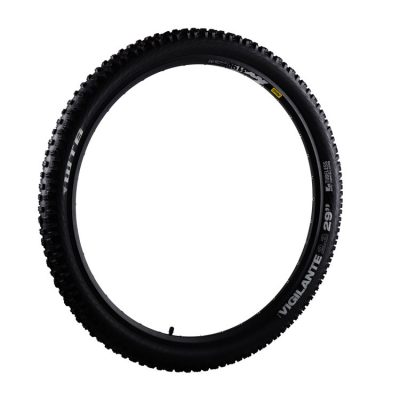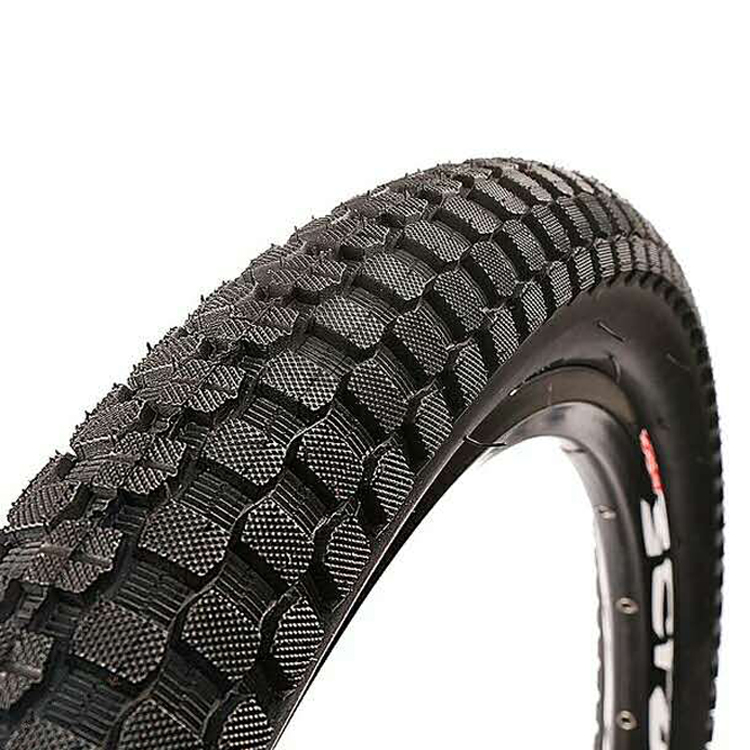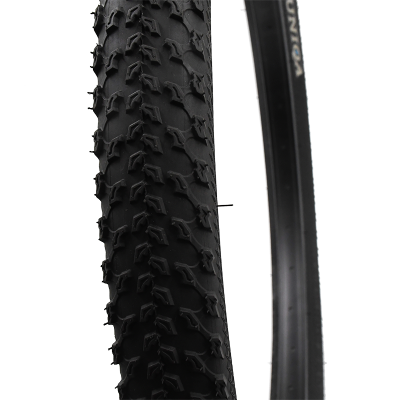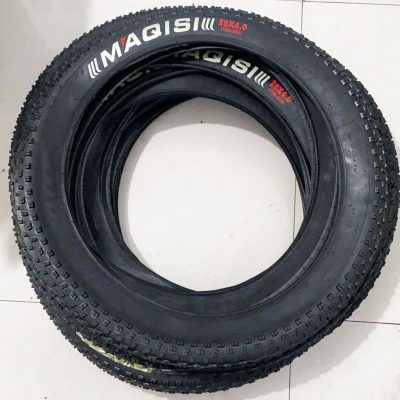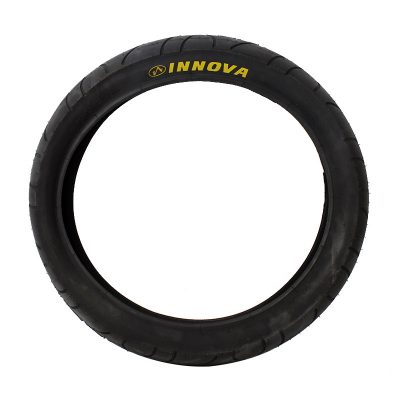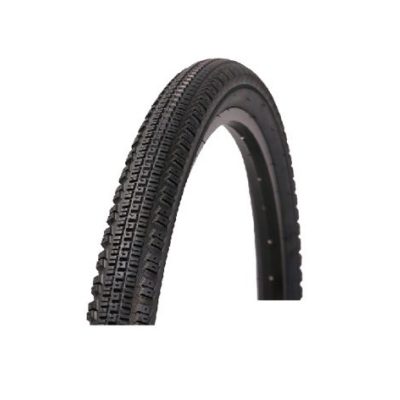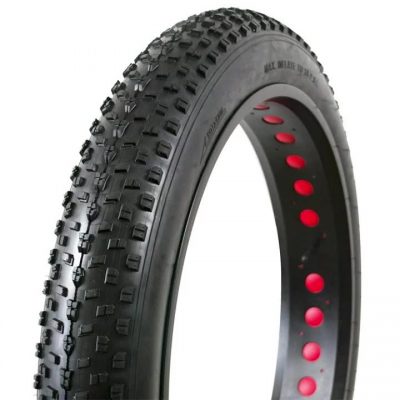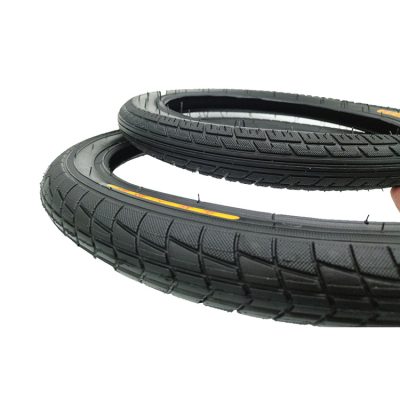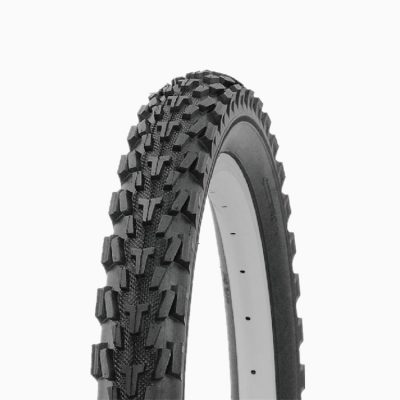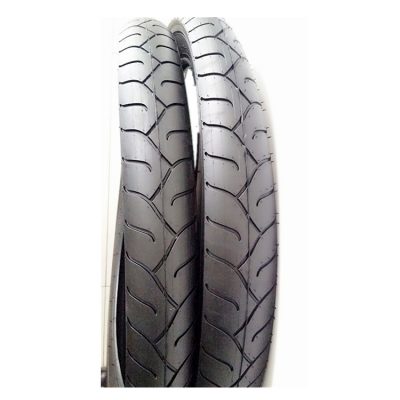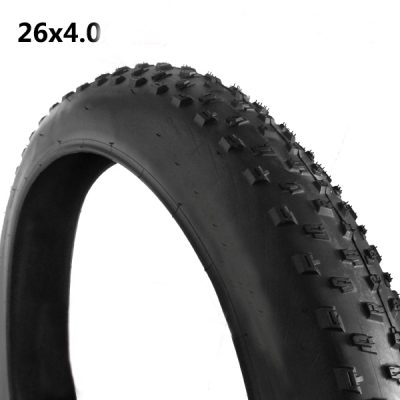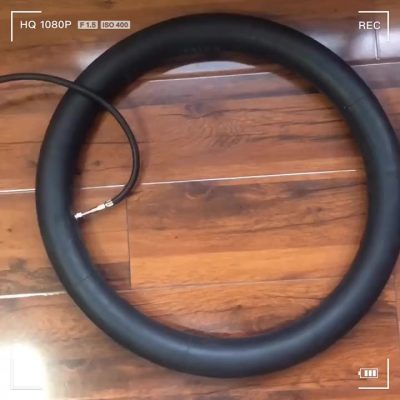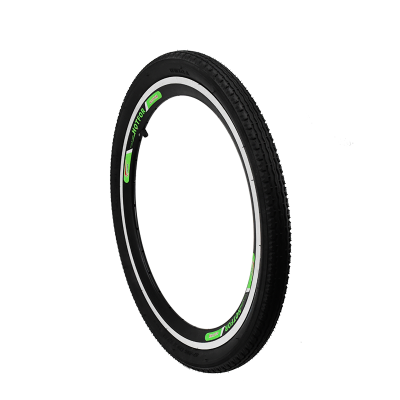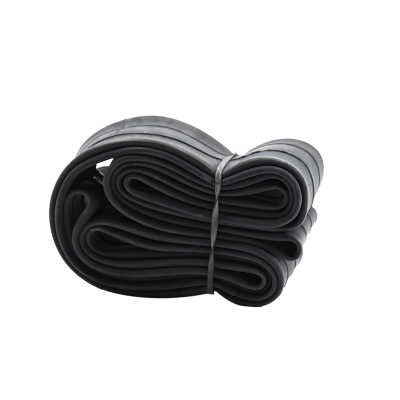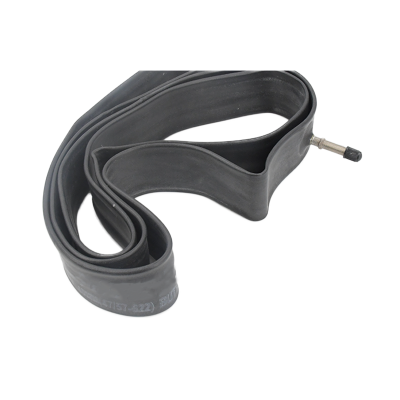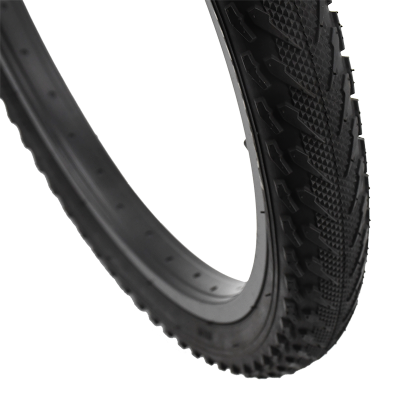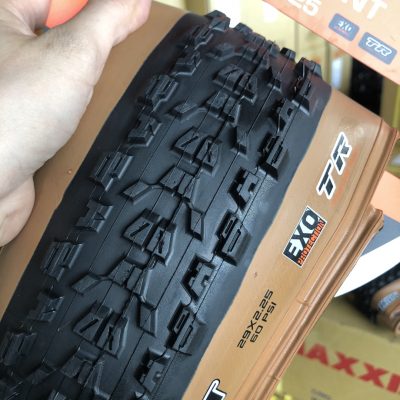Bicycle tire size
Traditional size system
The traditional size system is based on the measurement of the outer diameter of the tire. This method is usually in inches (26″, 27″, etc.) or millimeters (650, 700, etc.). The second number or letter code indicates the width of the tire (26 x 1.75, 27 x 1 1/4…650B, 700C…)
ISO (E.T.R.T.O.) system:
ISO (International Organization for Standardization) has developed a universal tire size system to eliminate all kinds of troubles. This system was formerly known as the “E.T.R.T.O” system, which was formulated by the European Tyre and Rim Technical Organization (European Tyre and Rim Technical Organization).
The ISO system uses two numbers. The first is the width of the tire or rim, in millimeters. (The actual width of the tire will vary slightly depending on the width of the rim. The rim width measures the distance between the edges of the rim.)
The second ISO number is a key number, which is the diameter of the bottom of the wheel hub, in millimeters. Generally speaking, if the number is the same, the tire can be installed in the rim; if the number is different, the tire cannot be installed.
Tire manufacturing process
1: Michelin C3M technology ,Command+Control+Communication&Manufacture
2: Mainland MMP technology
The full name of MMP: Modular Manufacturing Process
3: Goodyear’s summer hOPACT technology
Integrated Manufacturing Precision Assembly Cellular Technology
4: Pirelli MIRS technology
The full name of MIRS: Modular Integrated Robotized System
5. Dunlop’s digital tire technology
Digital Rolling Simulation


